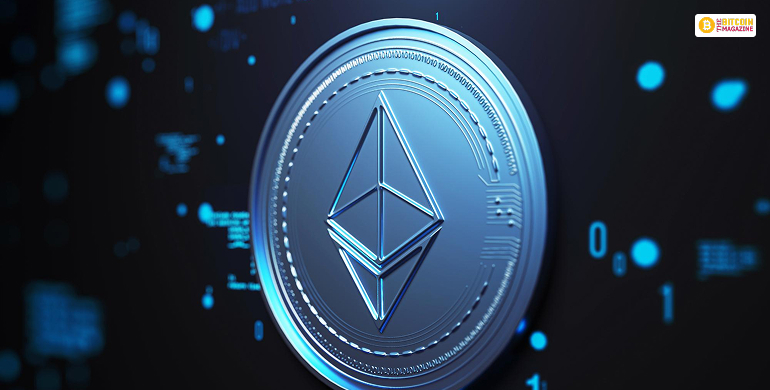Tomasz K. Stanczak’s X post on 28th April flagged off new controversies. If you don’t know him, Stanczak is one of the foundational co-executive directors of Ethereum.
“The Pectra upgrade does not care about EOF. Neither does it plan to include any EOF later.”
Let’s find out what instigated controversy, among his words.
EOF, if you know the concept, stands for Object Format. It is a primary overhaul of the execution engine of ETH. EOF is paramount when it comes to optimizing and regularizing the functions of the Ethereum Virtual Machine.
As soon as the tweet surfaced, it ignited a major debate among the ETH developers. Many of them are also bashing EOF for the extra baggage of complexity that it brings to the table.
# Ethereum Takes a Harsh Step
Ethereum didn’t heed the resistance from the developers at all. The leadership decided that implementing the EOF at full length would be the best way to go with it. However, that’s happening only after the upcoming network upgrade, termed Fusaka.
Presently, the update is tentatively slated for the Q3/Q4 of this financial year.
# Tim Beiko’s Disclosure
Tim heads the core protocol’s meetings for Ethereum. This Thursday, he told the participants during an All Core-Developers Meeting- “There’s No Way We Can Turn the Back on Something Because It’s Too Complex.”
So, all eyes are now set on when the Pectra upgrade is happening! At present, the Ethereum update date is set for the 7th of May. And what is this upgrade mainly focusing on?
The prime aim is to improve ETH’s Validator UX, making it possible for the users to pay the transaction fees in USD pegged coins like USDC and USDT.
But why does this help ETH to cash in on users?
When users get the chance to pay through a more flexible and widely applicable token, they may increase their staking limits.
# What’s Fusaka Aiming to Do?
Fusaka is going to be an ambitious upgrade. It is not only about restructuring the way to write smart contracts and running the same through EOFs. The bigger aim is to make Ethereum’s network more stable and scalable at the same time!
It may improve the base layer performance of ETH. Of late, the ETH bse layer has been declining. Consequently, several major ETTH players have reduced their ETher holdings! Not a good projection for the future of the token.
#Example 1
Lookonchain came up with a major update recently. The platform claims that Galaxy Digital has bartered its ETH holdings for SOL.
It’s exposed that the investor deposited 65,600 ETH through Binance and collected 752,240 Solana. The future of ethereum cryptocurrency could be at stake if others follow the same example!
#Example 2
Paradigm, another popular player, follows suit. They have trimmed their ETH dependency by selling around 5,500 ETH to Anchorage, the institutional broker of crypto.
When EmberCN broke the news of this sell-off, it created a stir within Ethereum’s central core.
# Final Call by Investors
Jagendra Jog, the Co-founder of Sei Labs, said that institutional investors have started believing in the ultra-sound money narrative. However, their wits are now challenged more than ever!
For ETH, the reducing protocol revenue and the slackening tokenomics are creating big concerns. Gradually, more analysts and institutional investors would surface this problem.
# PoV: Is ETH a Good Investment for 2025?
ETH is now offering outsized upside, in sync with the new network upgrades and their latest ETF growths. However, there are some commensurate regulatory risks and security lags. So, the best way now is to allocate capital that is expensable to you.
A gain would be your bonus. However, the chances of a value depreciation cannot be ignored. But don’t take it as the penultimate investment strategy. Do your research before sinking your feet!

